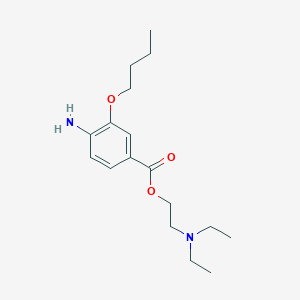Surface anaesthesia
Adult: As 0.4% soln: For tonometry: Instill 1 drop into the conjunctival sac 1 min before measurement. For contact lens fitting: Additional drop 90 sec before fitting. For removal of foreign body or minor surgery: Instill 3 drops at 90 sec interval. For pterygium surgery: Instill 1 drop every min for 10 doses.
Child: Same as adult dose.
Child: Same as adult dose.




 Sign Out
Sign Out




